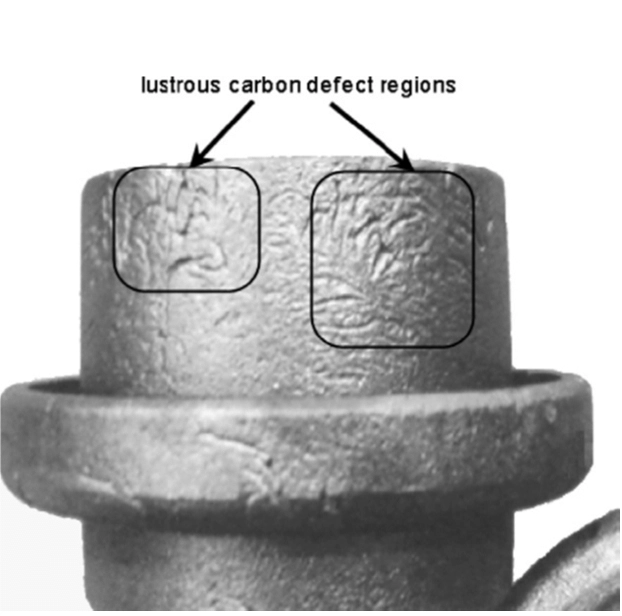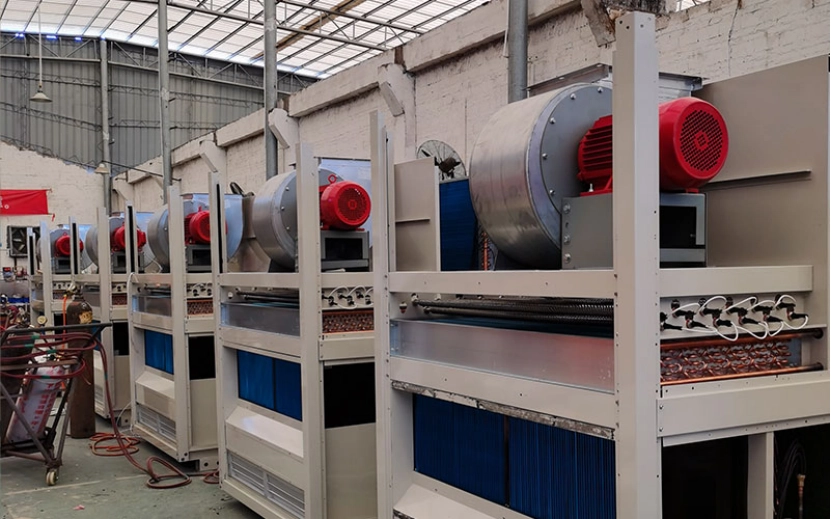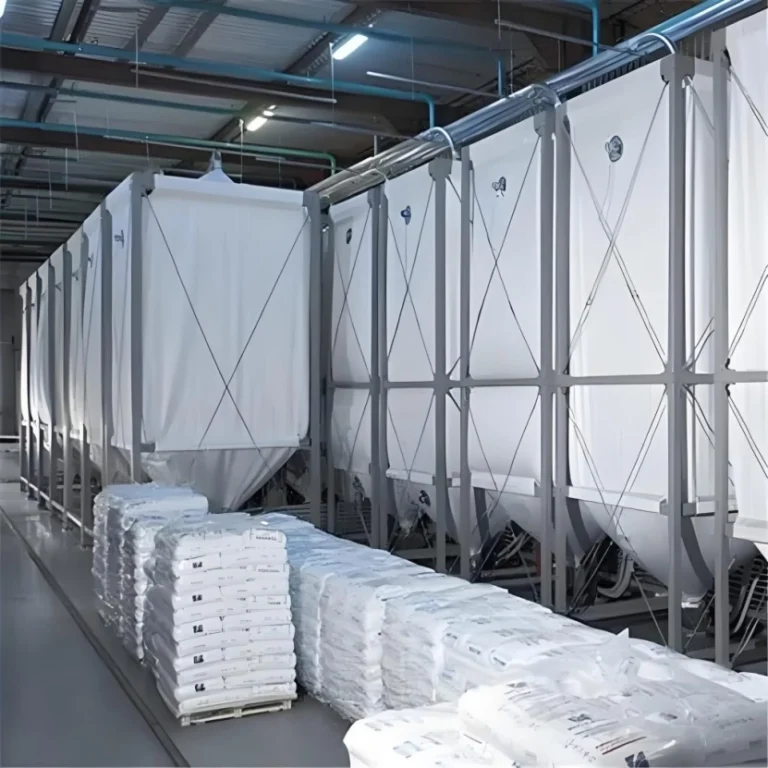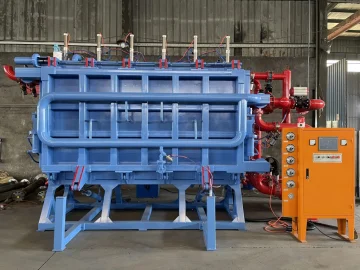Lost Foam Casting is an accurate molding method used to shape intricate metal pieces, including steel and stainless steel parts. A key issue in this process is the rise in carbon levels, especially in carbon steel lost foam casting. In this article, we’ll examine the reasons for carbon flaws, elements affecting carbon rise, and tested methods to reduce such issues. This ensures a superior final item.

Understanding Carbon Increase in Lost Foam Steel Casting
What Causes Carbon Defects in Carbon Steel Lost Foam Casting?
In carbon steel lost foam casting, carbon flaws often stem from three primary sources: surface carbon buildup, bulk carbon increase, and confined carbon growth.
- Surface carbon buildup happens when gases from foam breakdown, like carbon monoxide or methane, react with the steel’s outer layer. These gases form as the foam shape burns. They lead to excess carbon absorption.
- Bulk carbon increase results from uneven warmth during metal pouring into the mold. If the metal cools too fast or unevenly, some areas may have higher carbon levels.
- Confined carbon growth occurs when leftover foam bits, such as unburned residues, get stuck in the molten metal. This causes local carbon spikes. It weakens the steel’s strength.

Why Is Stainless Steel Lost Foam Casting Prone to Carbon Contamination?
Stainless steel lost foam casting is more vulnerable to carbon pollution than carbon steel. This is mainly due to the low-carbon alloys in its makeup. These alloys, often with chromium and nickel, pick up carbon at lower heat levels than other metals.
When molten stainless steel meets foam byproducts, like EPS (expanded polystyrene) or STMMA (styrene-maleic anhydride), the risk of carbon pollution grows. This interaction can harm the casting’s quality. Careful control is needed to avoid such issues.
Key Factors Influencing Carbon Increase in China Carbon Steel Lost Foam Casting
Material Selection and Foam Quality
The quality of foam in lost foam casting greatly affects carbon flaw reduction. Foam thickness and makeup directly impact carbon release during molding. China carbon steel lost foam casting often uses foam types like EPS or STMMA.
EPS foam is widely chosen for its simplicity. However, it may release more carbon if not properly managed. Additives, such as anti-carbon agents, can help. They cut down carbon during foam breakdown. This improves the casting’s overall excellence.
Process Parameters Optimization
Several vital molding factors influence the final carbon content. These include pouring heat, vacuum force, and pouring pace.
- Pouring heat is essential for limiting carbon pollution. A range of 1,500°C to 1,550°C works best. It reduces leftover carbon. Too-high temperatures increase carbon pickup. Too-low ones may cause incomplete mold filling.
- Vacuum force control is also critical. It removes gases that could add to carbon issues. A force of ≥0.045 MPa ensures gases escape before the metal hardens. This lowers carbon buildup risks.
- Pouring pace needs careful management. Fast pouring causes turbulence. This traps foam gases, leading to unwanted carbon absorption. A steady pace prevents such problems.
Coating and Mold Design
The coating on foam shapes and the mold’s layout are key to avoiding carbon pollution. Highly breathable coatings let gases, like carbon monoxide, exit the mold during casting. Without good venting, these gases may re-enter the metal. This causes carbon flaws.
Mold steadiness matters too. Poor designs allow rapid metal surges, called “flash flow.” This leads to local carbon spikes. A solid mold layout ensures even metal spread. It reduces such risks significantly.
Proven Strategies to Prevent Carbon Defects in Lost Foam Steel Casting
Advanced Material Solutions
One top way to manage carbon flaws in lost foam casting is using enhanced materials. Low-carbon foam, like EPS with a thickness of ≤22g/L, greatly cuts carbon release during breakdown.
Oxygen-rich foam, such as oxygenated EPS, also helps. It lowers the foam’s burning heat. This allows cleaner burning with less carbon output. As a result, carbon deposits are minimized effectively.
Process Control Techniques
Certain molding control methods reduce carbon flaws. For example, pre-heating foam shapes before molding can lower leftover carbon. This process removes trapped water and volatile compounds. These could otherwise add to carbon issues.
A “slow-fast-slow” pouring method also works well. It starts with a gentle pour. This lets gases escape. Then, a quicker pour fills the mold properly. Finally, a slow pour helps the metal harden without trapping gases. This approach ensures cleaner castings.
Equipment and Technology Innovations
Specialized tools play a big role in cutting carbon flaws. Vacuum systems clear gases efficiently. This prevents metal pollution. Sand-packing devices also help. They ensure molds are tightly filled. This reduces gas trapping chances.
Tailored solutions offer precise control for carbon-sensitive projects. These include advanced foam-preparing machines and central vacuum systems. Together, they keep carbon pollution low throughout the molding process.
Case Studies: Success in Carbon Steel Lost Foam Casting
Reducing Surface Carburization in Automotive Components
In car part production, cutting surface carbon buildup is vital for high-quality steel castings. A study optimized coating types and vacuum force. As a result, surface carbon rise dropped to ≤0.01%. This improved part strength and durability significantly.
Solving Bulk Carbon Defects in Industrial Valve Castings
Industrial valve castings face quality issues from carbon pollution. By using breathable coatings and STMMA foam, producers achieved steady results. Bulk carbon flaws decreased. The valves’ strength and reliability improved noticeably.
FAQs About Carbon Steel Lost Foam Casting
Can lost foam casting produce low-carbon stainless steel parts?
Yes, with oxygen-rich foam and tight heat control, low-carbon stainless steel lost foam casting
How does vacuum pressure affect carbon defects?
Stronger vacuum forces (≥0.7 MPa) clear gases well. This reduces carbon residue in the final casting.
Why choose China carbon steel lost foam casting services?
China carbon steel lost foam castingoffers affordable solutions. It uses advanced tools for precise, large-scale projects.
What equipment is essential for minimizing carbon increase?
Key tools include foam preparers, vacuum systems, and coating mixers. They ensure steady results and low carbon pollution.
Partner with Experts for Flawless Lost Foam Steel Casting

For perfect lost foam steel casting with minimal carbon flaws, team up with Hangzhou Ouchen Technology Co., Ltd. They offer tailored tools and precise control. Offerings include foam-preparing machines, molding devices, air dryers, vacuum systems, and coating mixers.
Hubungi mereka di +86 159888479417 atau zyh@oc-epc.com to explore innovative carbon steel lost foam casting equipment.





